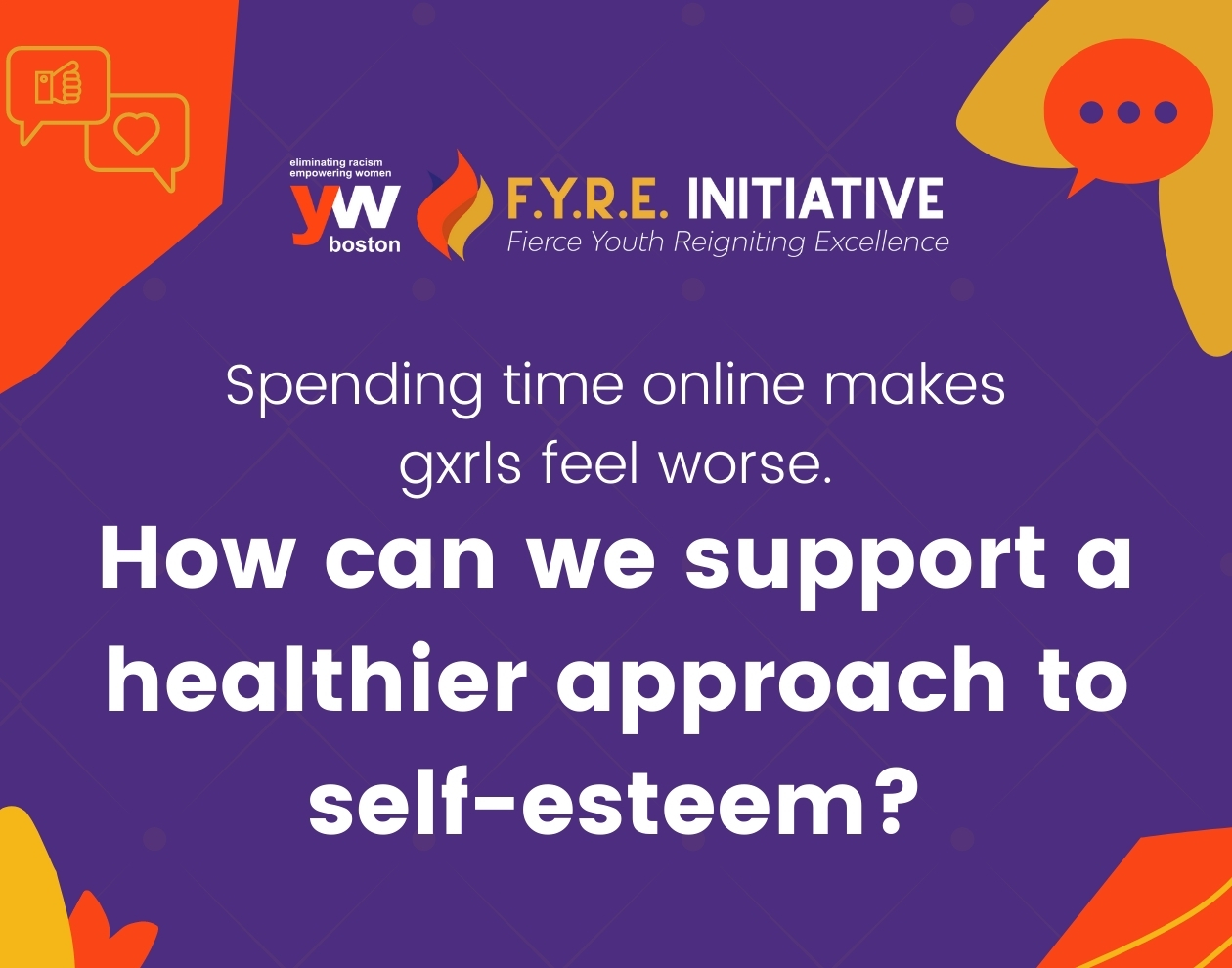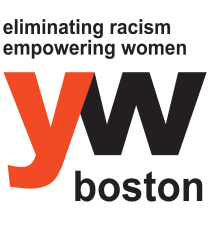
October 27, 2021
Spending time online makes gxrls feel worse. How can we support a healthier approach to self-esteem?
Note: Throughout this article, we use the terms “womxn” and “gxrl” as terms to include anyone, including transgender, non-binary, genderfluid, polygender, and gender non-conforming people, whose key gender identity, experience, and internal perception on the spectrum of gender is woman or girl.
As a result of the COVID-19 pandemic, we are spending more time in front of screens than ever, managing work, school, and social time virtually. Screen time has particularly skyrocketed for kids and teens, who doubled their time online as a result of the pandemic. Even before March 2020, adolescents’ screen time was inching up annually, spending much of their time on social media, with potential consequences. Recent studies from Facebook, which owns Instagram, have shown the negative impact of Instagram on young people – particularly teen girls. For instance, 32% of teen girls said that “when they felt bad about their bodies, Instagram made them feel worse,” and many girls blame the platform for increases in their anxiety and depression.
Spending time online, and particularly on social media, is making young people feel bad. The power and ubiquity of Facebook’s products throughout the world mean that even girls who recognize the apps’ negative impact continue to use them regularly. Those worried about these effects should work to mitigate the impact by focusing on virtual media literacy education and self-empowerment for young people.
YW Boston’s gxrls leadership program, the F.Y.R.E. Initiative empowers participants, “Igniters,” through a curriculum incorporating social justice education, positive identity development, and civic engagement. Core to the program is helping Igniters build a sense of self and resilience, and to understand how their identities are impacted by systems of power so that they can make a positive impact in their community on issues important to them. We spoke with TiElla Grimes, Senior Program Manager of the F.Y.R.E. Initiative, who explained how the program works with gxrls to build their self-esteem, and provided advice for how to help teens build healthy relationships with themselves and with social media.
Understanding the impact of the virtual world on young gxrls
Earlier this year, we reported on how the F.Y.R.E. Initiative team has seen COVID-19 take a toll on gxrls’ interpersonal relationships. As the team found, “Those who didn’t have strong relationships to begin with may be completely shut off from interaction” and “with the distance created by virtual schooling, it can be harder for people to gain others’ trust and make new relationships.” Instead, teens are turning to social media to find connections – which has its positives and negatives.
The Pew Research Center found that social media makes teens feel more connected to their friends and their friends lives. On the other hand, 77% of those teens report believing that people are less authentic on social media. While social media can be a tool for connection, it does not replace the meaningful connections made in one-on-one or group settings, whether online or in-person.
As Angela Guarda, director for the eating disorders program at John Hopkins Hospital, told the Wall Street Journal, “It’s the ones who are most vulnerable or are already developing a problem – the use of Instagram and other social media can escalate that.” Existing in a society with social inequities like racism and sexism, Facebook perpetuates these inequities and can be considered to profit off of them. So, those such as teen gxrls of color who hold little institutional power, are most likely to be impacted by the negatives of social media.
As one Instagram researcher found, “Teens told us they don’t like the amount of time they spend on the app but feel like they have to be present,” citing that the teens feel addicted to the site. But as a product, social media companies aren’t looking to help teens find balance between their lives on social media and off. Facebook has tried to tried to play down these negative effects of Instagram and have increasingly marketed their products to teens.
It is crucial to help young people comprehend media literacy, how media impacts them, and how they can use their personal power to take care of themselves and their communities.
The F.Y.R.E. Initiative cultivates a space where Igniters can assess and recognize their self-esteem and personal power.
YW Boston’s F.Y.R.E. Initiative is built with the understanding that young gxrls’ sense of self agency is impacted by the inequities present in our society. That’s why in week 2, we introduce concepts of personal power, self-esteem, and self-advocacy. As TiElla explained, “We define self-esteem as a sense of personal value and self-worth. We want the gxrls to recognize the role of identity and self-esteem in one’s overall health and well-being.” Someone with a healthy self-esteem is one who is confident and secure in who they are, trusts in their own judgement, and accepts new challenges.
Week 2 on self-esteem starts with an icebreaker that gets the girls thinking about the qualities and characteristics of a superhero. The girls are then asked what superpower they would have and why. This opens up a great discussion about power and who has stereotypically been shown as having power (especially in the media). The F.Y.R.E. Initiative team then connects power to self-esteem and the ability to use your personal power to advocate for yourself and your community just like some superheroes do. Following this ice breaker, the group goes through an activity in which the facilitator reads prompts (such as “Accepts new challenges” or “Blames themselves when something goes wrong”) and the Igniters select statements that they feel are true about themselves. This opens up a conversation in which the group talks about how no one feels great about themselves all of the time and empowers them to identify how they can move from low or high to healthy self-esteem.
While this week is specifically dedicated to self-esteem, this topic is present throughout the program. Building healthy self-esteem helps us understand boundaries, which helps build healthy relationships and build collective power.
In contrast to social media, the F.Y.R.E. Initiative focuses on building authentic connections where Igniters can find support as they come to understand themselves and their power. As TiElla explains, “Since the beginning of the COVID-19 pandemic, our Igniters have shared challenges and concerns about navigating their friendships, feeling motivated and inspired, school performance, and ability to feel good about themselves. This highlighted for our program the need to be intentional about creating more time for the girls to express their concerns, support them in feeling confident and provide suggestions they can implement in creating solutions for addressing their challenges.”
Tips for managing their social media exposure and creating healthy boundaries.
Whether you are concerned about the social media the young people in your life consume, or you are trying to set your own boundaries with social media, here are a few things to consider:
- Learn about top questions you can use to deconstruct the social media you engage with: Who is the source of this message? How is it trying to get your attention? How could this message be interpreted? Is this message fair and trustworthy? TiElla suggests everyone create an opportunity to review social media with their family or friends and talk about what message each person is taking away. By using the questions to deconstruct the message, you can begin to foster an understanding of how images, words, and symbols are constructed to evoke a certain thought, emotion, or reaction.
- Understand the difference between being consumers, creators, and promoters. Social media is a part of youth and popular culture and it is important to help young people and adults to understand that not only are they “consumers” of media but they are also “content creators” and “content promoters”. This helps to cultivate understanding about the different ways we contribute to the media and how certain media messages are reinforced through our thoughts, feelings and actions – our participation and engagement with digital media.
- Media Consumer: a person who interacts with information and entertainment media.
- Content Creator: a person who create messages (post, videos, reels, etc.) on a social media platform.
- Content Promoter: a person who shares content (posts, videos, products, etc.) created by other Content Creators.
- Explore the components of social and emotional learning and create opportunities to check in with youth about how they are feeling and navigating their relationships. With the influx in the use of social media and the detriments to the social and emotional wellbeing of youth, it’s imperative to foster conversations and spaces to hear from youth as the experts of their experiences and use it as an opportunity to discuss healthy practices for managing self. You can learn more about social emotional learning, including self-awareness, self-management, responsible decision making, relationship skills, and social awareness from CASEL and on our blog.
- Prioritize your self-care by understanding your own needs and emotions. Take time away from external sources to better cultivate a practice that supports the eight parts of your self-care. Learn more from our blog on self-care.
The F.Y.R.E. Initiative works with middle-school gxrls to create a sense of community and build resilience.

______
About YW Boston’s F.Y.R.E. Initiative
With the F.Y.R.E. Initiative, launched in the Fall of 2019, YW Boston facilitators conduct a 12-15-week leadership development series for girls grades 6th through 9th. The series brings together social justice education, positive identity development, and civic engagement, culminating in small group civics projects. This model takes place in schools or Out of School Time programs, and it is developed to operate in a “girls group” structure rather than a traditional classroom structure. Core to the program is an effort to provide experiential learning opportunities and dialogue to build understanding and increase social-emotional learning.

